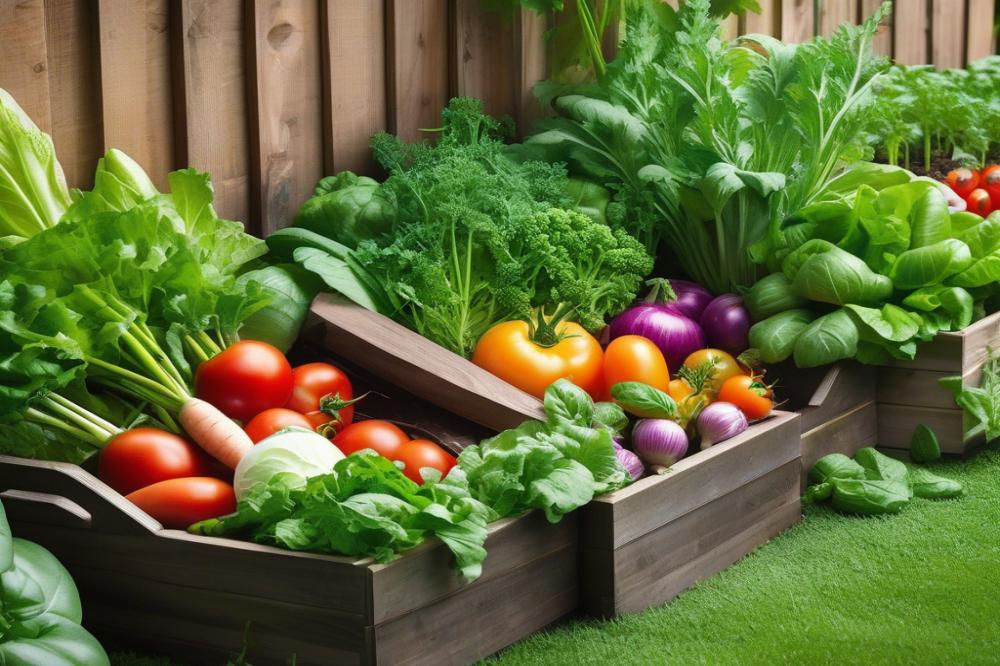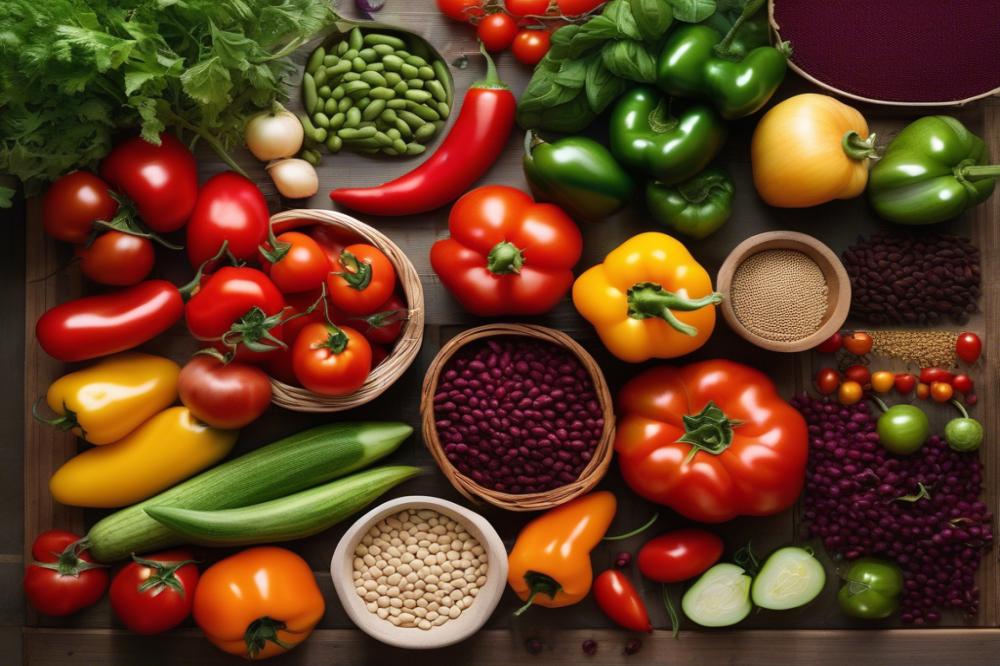Introduction
Caring for chili plants is essential for a successful gardening experience. These vibrant pepper varieties can bring excitement to any garden, but they require proper attention to thrive. Understanding how to promote plant growth is crucial. From watering to sunlight, every aspect plays a significant role. Without adequate care, yields can be disappointing and plants may suffer.
A common household item, Epsom salt, offers fascinating benefits for gardening enthusiasts. A mixture of magnesium and sulfate, it acts as a powerful supplement. These elements are vital for a plant’s health and development. Regularly applying this compound can provide a valuable nutrient boost. It is especially beneficial for chili pepper care, helping plants produce lush foliage and vibrant fruits.
Magnesium sulfate serves a dual purpose in the gardening world. It assists in photosynthesis, the process essential for plant growth, and helps improve soil health. Many gardeners turn to organic gardening methods to ensure their plants receive the best care possible. Fertilizer alternatives like Epsom salt can contribute positively to overall plant nutrients. By enhancing soil composition, it creates an environment where chili plants can flourish.
When used correctly, this mineral compound can transform how chili plants develop. Experienced gardeners often share helpful gardening tips, emphasizing the role of magnesium in plant care. As the growing season approaches, understanding these aspects becomes even more important. This knowledge equips gardeners with the tools needed for successful cultivation.
Epsom Salt and Plant Growth


Many gardeners seek effective methods to enhance plant growth, especially when it comes to crops like chili peppers. One such method involves the use of magnesium sulfate, a compound commonly known for its benefits in gardening. This mineral plays a crucial role in promoting overall chili plant health.
How Epsom Salt Contributes to Plant Growth
Chili plants thrive when provided with a range of essential nutrients. magnesium sulfate serves as a nutrient boost, facilitating processes like photosynthesis and nitrogen fixation. This not only encourages vibrant green foliage but also supports fruit development. Gardening tips often suggest that incorporating this element can enhance soil health, which directly impacts the yield of chili pepper plants.
Role of Magnesium Sulfate in Chili Plant Health
Magnesium is vital for the production of chlorophyll. A healthy level of chlorophyll ensures that plants can effectively absorb sunlight, leading to better growth. Additionally, magnesium helps in the absorption of phosphorus and potassium, two other essential plant nutrients. By maintaining a balance of these nutrients, chili plants can flourish in both productivity and quality.
Signs of Magnesium Deficiency in Chili Plants
Recognizing magnesium deficiency in chili plants can be straightforward. Common symptoms include yellowing leaves, particularly those between the veins. This condition often signals that the plant is struggling and needs attention. Sudden leaf drop may also indicate a lack of this important mineral. For anyone focused on chili pepper care, noticing such signs can prompt timely action, potentially saving the crop.
Epsom Salt Uses in Gardening


Different ways to apply Epsom salt in gardening
Many gardeners discover various uses for Epsom salt beyond just a simple bath additive. This mineral, rich in magnesium sulfate, can play an important role in gardens. It helps promote plant growth by improving nutrient uptake. The easiest method of application is to dissolve a tablespoon in a gallon of water and use it as a foliar spray. Spraying the leaves can deliver magnesium directly to the plants. Alternatively, it can be sprinkled around the base of plants and mixed into the soil. Both methods offer benefits, enhancing the overall health of plants.
Soil health and Epsom salt application methods
Maintaining soil health is crucial for thriving plants. Adding Epsom salt to the garden enriches the soil without harsh chemicals. For a simple soil application, mix one to two tablespoons per foot of plant height into the soil during planting. This method helps improve the fertility levels, especially in depleted soils. Regular testing of soil can guide the right amount to use. Too much magnesium may lead to imbalances, so moderation is key. Combining Epsom salt with other organic materials promotes a balanced ecosystem.
Incorporating Epsom salt into organic gardening practices
Organic gardening thrives on natural solutions. This means exploring fertilizer alternatives to chemicals. Integrating Epsom salt into these practices offers a unique way to enhance plant nutrients. For instance, chili pepper care can improve significantly through this mineral’s addition. By using it alongside compost and organic fertilizers, plants receive a complete nutrition package. Keep in mind that not all plants require the same treatment; therefore, understanding individual plant needs helps customize applications. Fostering healthy plants in an organic setup calls for creativity and awareness of how best to utilize available resources.
Epsom Salt as a Fertilizer Alternative


Many gardeners seek alternatives to traditional fertilizers. Epsom salt offers a unique solution due to its high magnesium sulfate content. This compound plays a crucial role in plant growth. Unlike some chemical fertilizers, it is less likely to harm soil health. Gardeners often appreciate its gentle, organic nature.
Magnesium is vital for chili plants. It aids in photosynthesis, helping leaves to absorb sunlight more efficiently. A nutrient boost can lead to healthier, more vibrant chili peppers. Adding this supplement can enhance a plant’s ability to produce fruit. Many users have reported better yields when incorporating it into their gardening tips.
How to Use Epsom Salt Effectively
Using magnesium sulfate in your gardening routine can be simple. Mix approximately one tablespoon of Epsom salt with a gallon of water. This solution can be applied as a foliar spray or a soil drench. Regular applications, especially before the blooming stage, can maximize the benefits. Also, consider applying it once a month during the growing season. Timing is key for optimal results in chili pepper care.
Integrating this substance into a balanced fertilization strategy is essential. Ensure that you still provide other plant nutrients to avoid deficiencies. While Epsom salt offers benefits, it cannot replace all fertilizers. Combining this with organic compost can foster robust growth. Testing soil before adding any amendments is highly recommended.
Gardening Tips for Chili Pepper Care


Best Practices for Growing and Cultivating Chili Plants
Growing chili peppers requires attention to several key factors. Begin by choosing the right variety for your climate. Some types thrive in heat, while others prefer milder temperatures. Ensure your plants receive at least six hours of sunlight daily. This will promote strong growth and fruit production. Watering should be consistent but not excessive. Overwatering can lead to root rot, which is detrimental to plant health.
Soil health is also vital. Use a well-draining potting mix or garden soil. Adding compost can enrich the soil with essential nutrients. Regularly check for pests, as they can hinder growth. Hand-picking bugs or using organic gardening methods can keep your plants safe.
Integrating Epsom Salt into Your Gardening Routine
Magnesium sulfate, commonly known in gardening as Epsom salt, can enhance plant growth. Adding a small amount to your routine can provide a nutrient boost. Mix it with water and apply during the growing season. This practice can improve leaf greenness and help the plants absorb essential nutrients.
Diluted applications work best. A tablespoon mixed with water is often sufficient for a single plant. Spraying the solution on leaves can increase nutrient absorption through the foliage. Be mindful of not using too much, as over-application can lead to nutrient imbalances.
Common Mistakes to Avoid When Using Epsom Salt
Many gardeners misunderstand the role of this component. One major error is using it as a replacement for fertilizer. While it adds magnesium, it does not provide all necessary plant nutrients. Always use a balanced fertilizer alongside it for optimal growth.
Another frequent mistake is applying it too late in the season. It’s important to introduce this supplement early enough for the plants to benefit. Monitoring soil moisture levels is also crucial. Using it in overly dry soil can hinder absorption, negating its positive effects.
Additionally, don’t overlook the importance of soil testing. Knowing existing nutrient levels helps to avoid over-application. Regularly check your plants for signs of deficiency or excess. This awareness leads to healthier growth and a more productive garden.
Final Thoughts on Epsom Salt and Chili Plant Care
Recapping the benefits of using this mineral for chili plant growth reveals several crucial points. First, the magnesium sulfate enhances nutrient absorption. This can lead to stronger roots and healthier leaves. Additionally, it helps in the formation of flowers, which is vital for setting fruit. Many gardeners have noticed a remarkable difference in their plants after introducing it into their care routine.
As you explore gardening, consider experimenting with this mineral. It is a simple addition that could elevate your plants’ overall health. Just a few applications can yield significant results. You might discover that it works well with your other gardening practices. Observing changes in your chili plants can be rewarding.
Explore the possibilities of enhancing plant nutrition. Aim to create a vibrant, productive garden. With the right care, your chili peppers can thrive. They could become a highlight of your gardening experience. Chilis not only add spice to meals but also bring joy to the gardener. Happy gardening!



